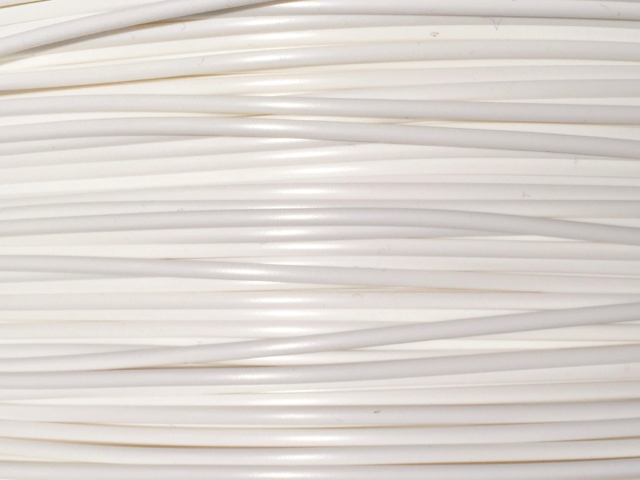
Every week I receive multiple notices from small 3D printer filament companies looking for a way to promote their products.
But often I feel bad for these ventures, as they have an enormous challenge ahead of them, particularly in coming years. It’s possible many won’t survive.
But first let’s understand how the filament business works. Many vendors selling filament don’t actually make the filament themselves. There are multiple styles of filament business:
Reseller: These are typically online shops who don’t make any products or even re-brand them, but merely collect (hopefully) good quality products from other manufacturers and place them for sale.
Small Manufacturer: A small operation dedicated to producing 3D printer filament using their own gear. Typically these companies employ radical approaches to differentiating their products.
Printer Manufacturer: Many 3D printer manufacturers also sell filament, but in almost all cases they are simply partnering with another manufacturer and re-labeling the product to the printer manufacturer’s brand.
Partner Manufacturer: Some filament manufacturers partner with larger plastics companies to jointly produce unique filament products unavailable to smaller manufacturers who don’t have access to chemists and labs to create new plastics.
Repurposed Manufacturer: Often an existing plastics manufacturer attempts to re-purpose their equipment to produce 3D printer filament as a sideline business. While sometimes successful, these ventures often need to acquire a deeper understanding of the 3D printer market.
Mega Corporation: Existing multinational plastics companies have begun producing 3D printer filament using their extensive production processes, innovative laboratories and long list of plastic patents.
If you examine the list above, you’ll see a bit of a squeeze for the smaller manufacturers, as they must now compete with larger and more well-equipped production processes and intellectual property. The larger companies also have bigger pockets to fund innovation, sales, marketing and research & development.
I’m not sure how many smaller 3D printer filament manufacturers will survive against these new market entrants. While they may be able to provide better service and support, in the long run they will find themselves undercapitalized and less able to compete with the big guys, whose attention is now focused on 3D printing.
There was an opening in the market a few years ago before major chemical companies appeared on the scene, but now their presence is going to make things a lot harder for the small guys.

